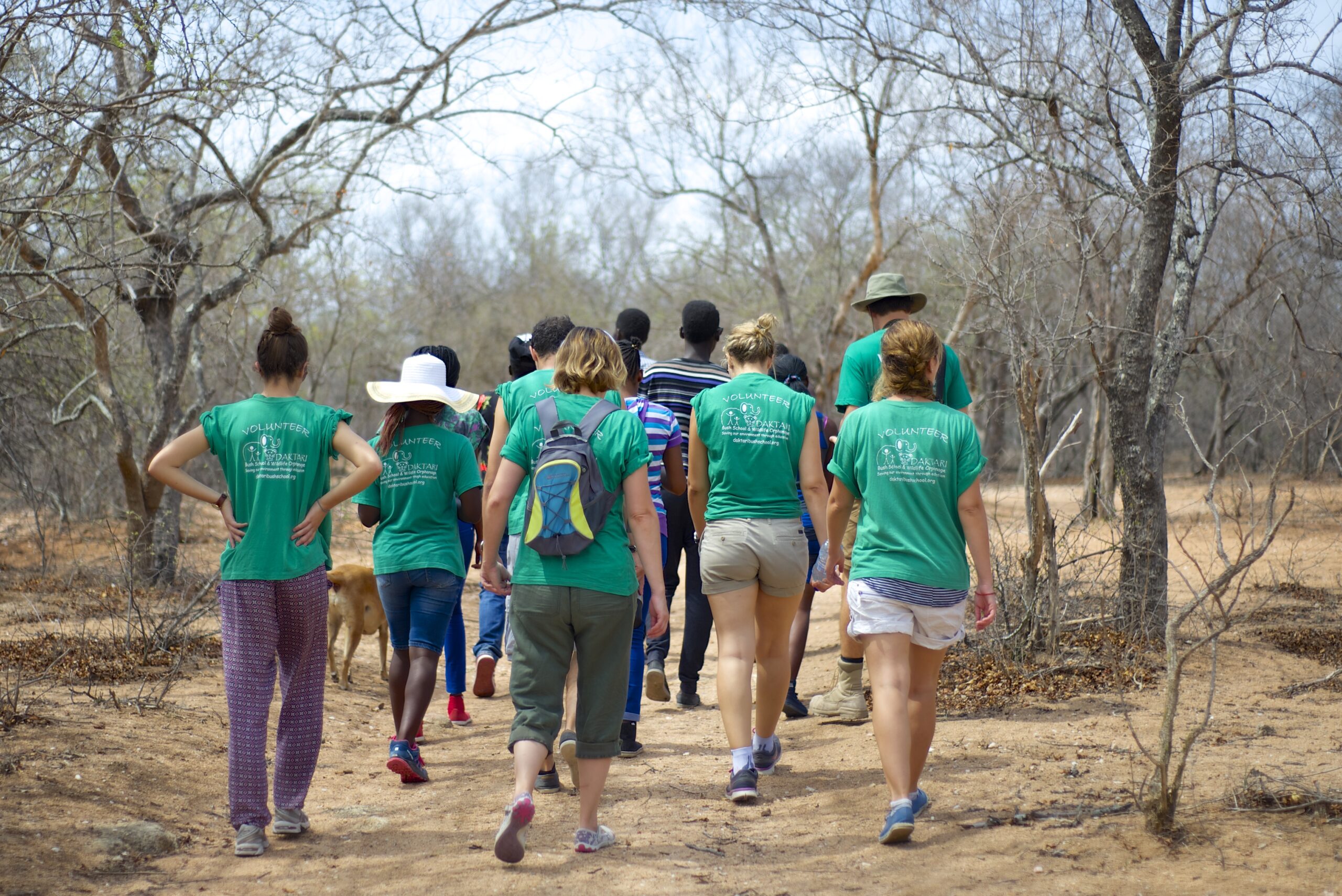
Volunteering with wildlife can be one of the most rewarding experiences of your life. Whether you’re helping rescue sea turtles, rehabilitate injured birds, or support anti-poaching efforts, your time and energy contribute directly to animal conservation. But before you pack your bags and book your flight, it’s important to understand what wildlife volunteer programs cost—and why.
In this post, we’ll break down the typical expenses involved, explain what you’re paying for, and offer tips on how to find a program that aligns with both your passion and your financial situation.
What Do Wildlife Volunteer Programs Typically Cost?
Wildlife volunteer program costs can vary widely, from as little as $100 per week to over $3,000 for multi-week or international experiences. Here’s a breakdown of the main cost components:
1. Program Fees
These fees often cover:
-
Accommodation (shared rooms, eco-lodges, tents, or homestays)
-
Meals (usually 2–3 local meals a day)
-
Training and supervision
-
Materials and equipment needed for the work
-
Transportation to and from the project site (sometimes)
Expect:
-
$100–$500/week for local or grassroots organizations
-
$1,000–$3,000+ for programs run by larger international NGOs or travel-volunteer companies
2. Flights and Travel Insurance
These are usually not included and are your responsibility.
-
Flights can range from $200 to $1,500+ depending on your destination.
-
Travel insurance is essential and can cost $50–$150, depending on coverage.
3. Visas and Vaccinations
Some countries require special visas for volunteers, and wildlife work may require vaccinations like rabies, tetanus, or hepatitis.
Budget about $100–$300+ for these combined.
Why Do You Have to Pay to Volunteer?
It might seem counterintuitive to pay to volunteer, but your fees help cover the costs that local organizations can’t afford, like housing, food, and staff supervision. Many conservation groups operate on tight budgets and rely on volunteers not only for labor but also for financial support.
How to Choose a Program That Matches Your Budget and Goals
Here are a few things to consider when comparing programs:
✅ Define Your Goals
-
Do you want to gain specific skills (e.g., wildlife handling, research, education)?
-
Are you hoping to work with a certain species or in a particular region?
💰 Set a Budget
-
Be realistic about what you can afford, including airfare and insurance.
-
Remember to factor in extra expenses like weekend travel, snacks, or souvenirs.
🔍 Research Thoroughly
-
Read reviews from past volunteers.
-
Ask for a detailed cost breakdown.
-
Make sure the program is ethical and contributes meaningfully to conservation.
🌿 Look for Scholarships or Fundraising Options
Some organizations offer discounts, scholarships, or help you set up a fundraising page.
Recommended Wildlife Volunteer Platforms and Programs
Here are a few reputable platforms and programs to start your search:
-
GoEco – Offers programs worldwide with a wide range of budgets
-
GVI (Global Vision International) – Known for structured, well-supported experiences
-
WWOOF (World Wide Opportunities on Organic Farms) – Some wildlife-related experiences available
-
Local NGOs – Often more affordable; try reaching out directly to organizations in the region you’re interested in
- VolunteerWorld
Volunteering in wildlife conservation is an investment, in yourself, in your experience, and in the planet. By understanding the costs upfront and choosing a program that fits your values and budget, you can ensure your journey is not only impactful but also sustainable for you.
Whether you’re tracking jaguars in the Amazon or rescuing hedgehogs in the UK, there’s a program out there that’s right for you.

Leave A Comment